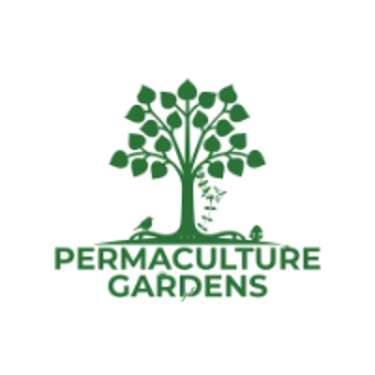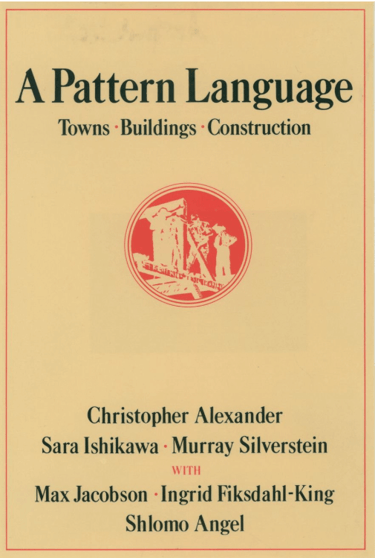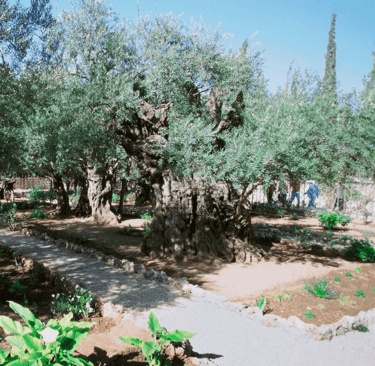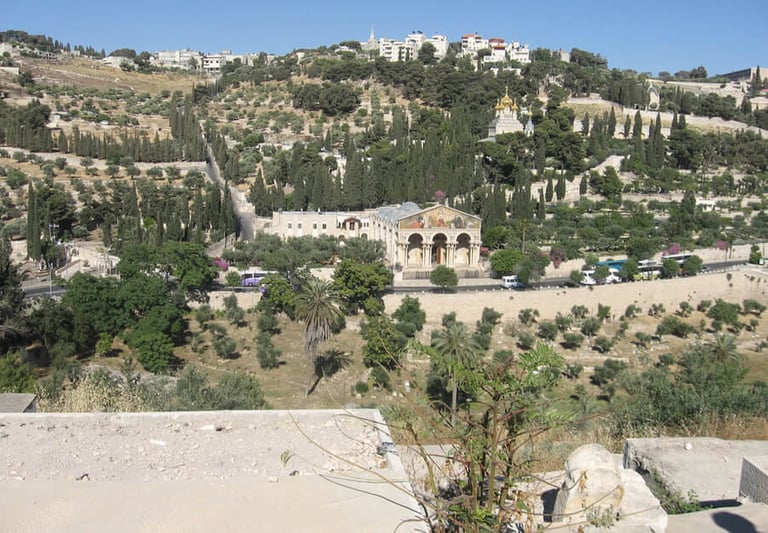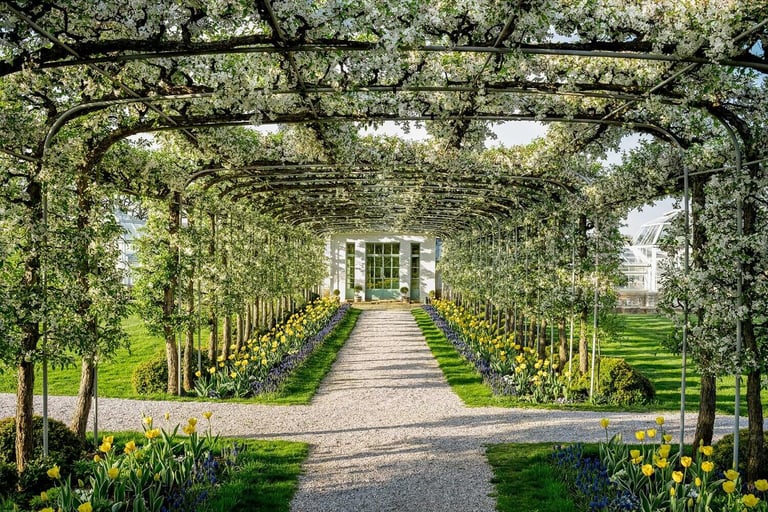How to Design a Meditation Garden for Peace and Prayer
Learn how to design a peaceful meditation garden that enhances prayer, relaxation, and mindfulness. Discover key design elements, plant recommendations, and permaculture-inspired tips for creating a sacred outdoor retreat.
4/23/202514 min read
How to Design a Meditation Garden for Peace and Prayer
Disclaimer
This How to Design a Meditation Garden for Peace and Prayer post contains some affiliate links. The small commission we receive if you choose to purchase goes towards making this gardening education available for free! We do not affiliate with anything we do not personally use. Thanks so much for your support!
Click the video above for the audio/visual version

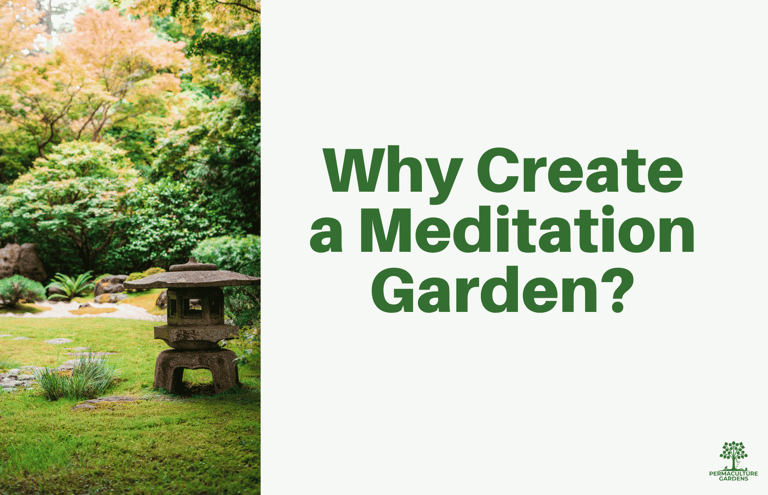

Why Create a Meditation Garden?
I suppose the first question we should ask is,
"Why meditate?"
Here at Permaculture Gardens, we are eager to show you how to grow food well. But the true source of gardening success doesn't come from following a formula. It comes from bringing the garden project (or problem) you have to a time of meditation and observation. Hence the importance of a meditation garden
And that time of prayer is a dialogue between you and the fountain of life.
When we meditate, we go to the very source of nature itself, the Creator God.
Here are but a few benefits of meditation.
Reduces stress
Controls and reduces anxiety
Enhances mental health
Promotes emotional health
Improves your immune response
Increases concentration and attention span
Reduces memory loss
Generates empathy and kindness
Improves sleep hygiene
Our high-tech, plugged-in world often leaves little room for true reflection. But by creating a space for meditation, we can return to peace, prayer, and connection with nature.


The Benefits of Meditation
The vegetable garden, which is the main focus of our work at Permaculture Gardens, is more of a "working garden."
In contrast, meditation gardens must be places of rest.
I once listened to a podcast where the natural builder being interviewed had a very unique view on designing and planning outdoor spaces.
He felt there was a real need for us to recreate the different rooms of a home except have them, outdoors!
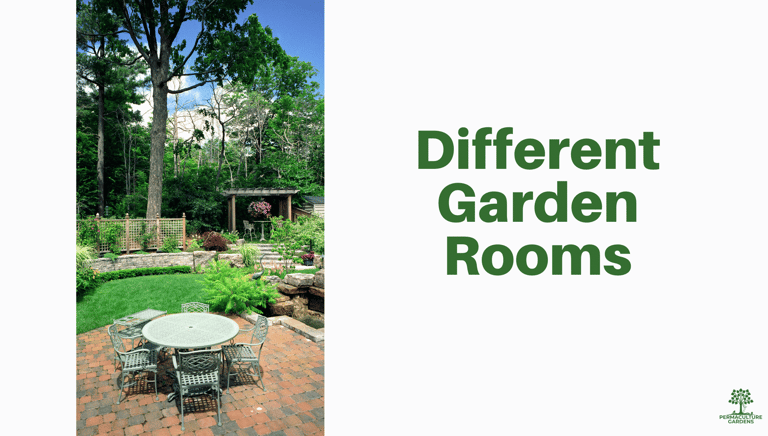

Different Garden Rooms
Imagine having outdoor counterparts in your indoor home spaces!
I thought this was a pretty cool concept.
So you'd have a gathering area in your garden, just like you'd have a living room at home.
An outdoor cooking area.
And why not a prayer or meditation garden?
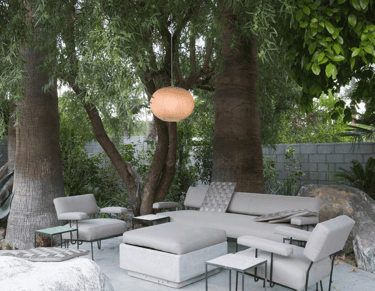

A place that has the sole purpose of centering us amidst our busy lives,
encouraging us to stop and ask God why we work (so hard) in the first place.
As always, our approach to design is permaculture. Start by noticing spaces that are naturally secluded or quiet. Ideally, it should have some natural shade and if the surroundings are distracting, it could have a sense of enclosure for privacy.
If this is not possible, choose an area where the temperature is generally comfortable and you can create that sense of solace by placing structural elements (plants included) to create that quiet space.
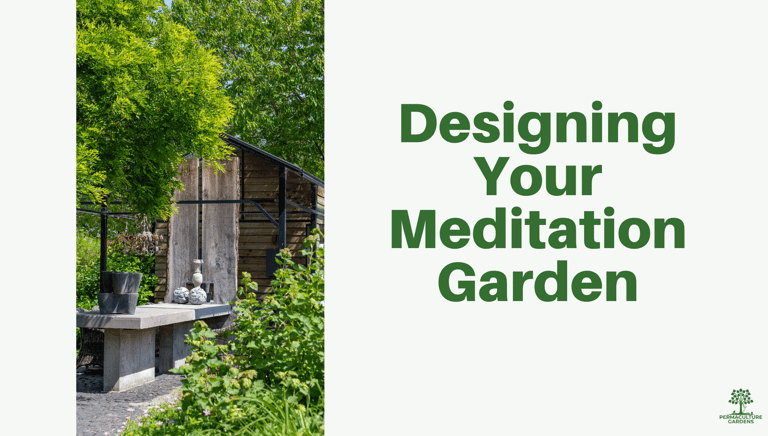

Designing Your Meditation Garden
1. Choosing the Right Location
2. Create Beauty, Serenity, and Joy
The solution to making permaculture look pretty lies in intentional design.
I often turn to English garden designer, Rachel Mathews for guidance on design aesthetics.
She has taught me much of what I know about bringing beauty into the garden.
Surprisingly, many principles of permaculture design overlap with those of visual design.
I say "surprisingly" because many of us who practice permaculture gardening often find it challenging to also make our gardens visually appealing.
In fact, I’ve even been cited by my HOA for having an "overgrown" garden!
Hopefully, the following visual design elements will help you craft a beautiful, functional garden— and keep you out of HOA trouble.
a. Keep the Bigger Picture in Mind
In permaculture, we always try to step back and look at the larger patterns before focusing on details.
When designing, I often return to a line from Christopher Alexander’s book, A Pattern Language:
"... no pattern is an isolated entity. Each pattern can exist in the world only to the extent that it is supported by other patterns: the larger patterns in which it is embedded, the patterns of the same size that surround it, and the smaller patterns which are embedded in it."
b. Create or Find Repeating Patterns
There’s something about a repeating pattern in nature and art that is very calming to the soul.
A large part of permaculture training comes from the recognition of patterns present in nature. We go deeper on this topic in our webinar about finding God in the Garden wherein we examine natural patterns.
i. Patterns in Nature & Music
Natural patterns may include symmetry, spirals, waves, cracks, tessellations, fractals, and the Fibonacci sequence.
Our job as permaculture designers is to highlight these already occurring patterns in nature and we can do this by creating focal points where attention is drawn to these patterns. Or by repeating them at regular intervals throughout our gardens.
There are many patterns in art and nature.
One of my favorite forms of pattern repetition in music is the fugue. A fugue is a piece of music where a single melody is "chased' by other parts, entering one after another, often with slight variations, to build a rich, interwoven texture.”
Here’s that same music expressed visually:

See if this might help you create repeating patterns of your own in your garden that echo each other in color, texture, shape or pattern. When I get to crazy with putting in a diverse planting mix, I temper my design work by editing or limiting myself to repeating one kind of flower or vegetable at regular spaces.
ii. Designing from Patterns to Details
In permaculture, we design "from patterns to details."
So, start by finding a shape that fits well within the bigger picture— your garden will be a piece of that larger puzzle.
Perhaps it’s a garden room within a larger garden
or a series of gardens connected within your home’s landscape.
A pattern within a pattern.
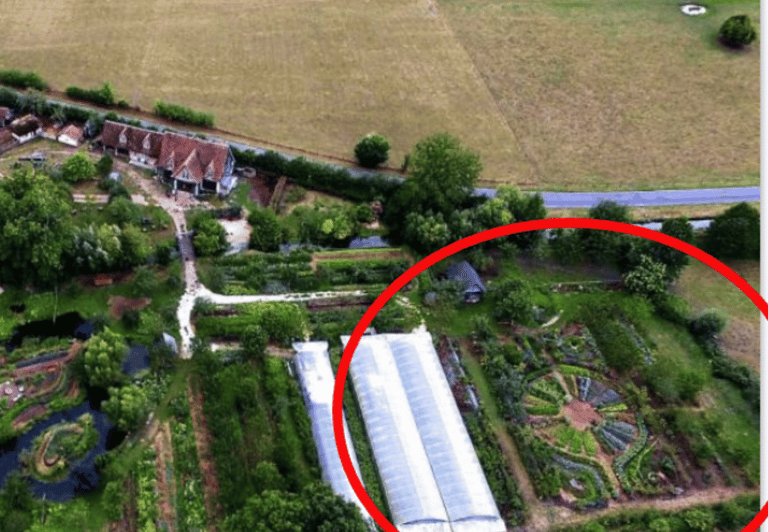

Sometimes, the entire area set aside for the meditation garden is intentionally designed in the shape of something meaningful to the person's faith.
As for instance, a prayer garden's cross-shaped path in a church in North Carolina
Or a spiral meditation garden in Peru.
Or a circle of stones in Wisconsin
Below is the Garden of Gethsemane, which is in a grid pattern.
Gardens, meditation or not, are very personal designs.
So, within the general guidelines you read here, recognize that you have the freedom to create a meditation garden that is perfect for you.
I invite you to consider balance as a way of respecting the scale of the area you’re working with.
For example:
In a small garden, avoid gigantic elements that overwhelm the space.
In a large garden, avoid scattering too many small pots, as they may get lost.
Limit large features or sculptures to one or two, so they serve as natural focal points and resting places for the eye.
To make your meditation garden visually appealing and spiritually calming:
Use scale and proportion wisely—large gardens need larger focal points, while smaller gardens thrive with intimate features.
Place focal points thoughtfully, such as a statue, tree, or water feature.
Incorporate movement and access with clear, welcoming pathways.
Maintain balance and diversity with a variety of plants, colors, and textures.
c. Create a Balanced Design
d. Creating a Focal Point
As I mentioned earlier, the eye benefits from having a resting point in the garden.
A meditation garden, in particular, thrives with a central focus that draws both the eye and heart into prayer.
"First, I have statues and images that can be the focus for my prayer.
Ideally, images are organized in the traditional format:
Our Lady on the left, the suffering Lord on the cross in the center, and the Risen Christ on the right.
I would then design the garden so that this is, in some way, the focal point."
"First, I have statues and images that can be the focus for my prayer.
Ideally, images are organized in the traditional format:
Our Lady on the left, the suffering Lord on the cross in the center, and the Risen Christ on the right.
I would then design the garden so that this is, in some way, the focal point."
In a small garden, a 2-foot St. Francis statue prayer corner works beautifully.
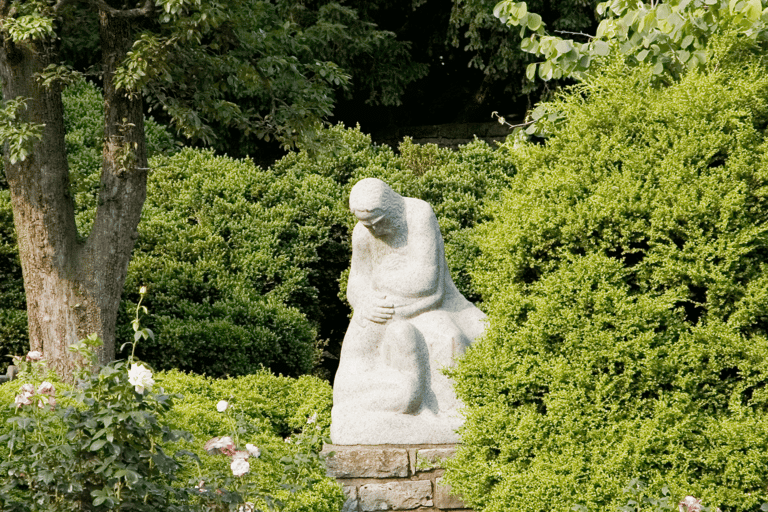

Some ideas include:
🌿 A statue or icon relevant to your faith tradition
🌳 A sacred tree symbolizing life and renewal
🪨 A stone altar or cross as a grounding element
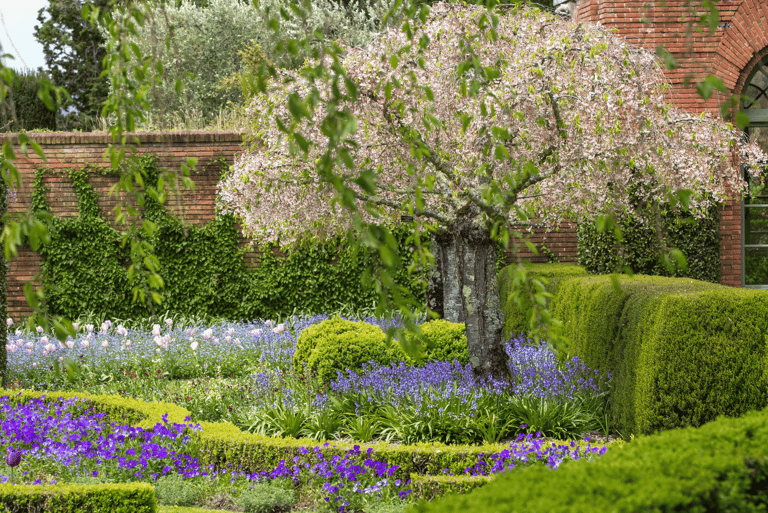

Artist and author David Clayton shares advice on choosing focal points, particularly for Christian and Catholic gardens:
3. Choosing Plants for Your Meditation Garden
If you are planting a Zen or Buddhist garden, your plant selections should reflect meaningful connections to your religion or spirituality.
In the video below, I designed a meditation garden dedicated to Mother Mary. I selected flowers named after her, as well as plants that appear in the Bible and are referenced in Jesus Christ's parables.
To provide shade for the patio benches, I would plant fig trees in large containers, as this area receives quite a bit of sun. I found that I couldn’t sit and reflect for long because it became too hot afternoon.
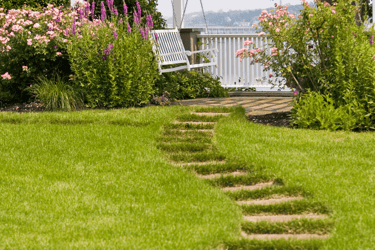

I’m sure my initial plan will evolve and look very different once implemented on the ground—but that’s the beauty of garden design.
Unlike architecture, gardens improve with time.
In permaculture, the first year is all about observation—learning what thrives where.
I intentionally left room for the plants to grow into.
Here is a video of me doing an initial sketch and researching which plants to include in the design.

a. Choosing plants with biodiversity in mind
When we consider the sheer magnitude and diversity of plants, fungi, and animal species, it is truly mind-blowing.
A meditation garden designed with permaculture principles should showcase this rich diversity of creation.
As we've mentioned in previous blogs, biodiversity brings with it a deep and lasting balance—not just a visual balance, but an ecological one, where pest populations remain in check.
After all, what are pests but the dominance of one species over another?
As permaculturist Geoff Lawtonlikes to say:


"You don't have a mosquito problem. You have a lack-of-dragonfly problem."
And how can we encourage dragonflies to flourish if we don’t provide the food and shelter they need?
I like to think of pollinator plants that host a diversity of wildlife as the backbone of a garden.
David Jacke and Eric Toensmeier, authors of Edible Forest Gardens, write:
"If minimizing pest problems is important to you, then so is this pattern...
Beneficial predatory insects and pollinators require year-long energy sources if they are to stick around and do their job."
It would be wonderful to always have something in bloom in the meditation garden—
Always something beautiful to contemplate, whether it be flowers, foliage, or fruit.
This leads us to our next consideration when choosing plants: their functions.
b. Choosing plants with functions in mind
The flowers we choose can serve both aesthetic and pollinator-enhancing functions.
In permaculture, we like to "stack functions." This means making one element—such as a flower or tree—serve multiple purposes.
c. Choosing a "Star Player"
You may find it amusing, but for this meditation garden, I chose Joe Pye Weed as the central floral and plant focal point.
Here are some of the reasons why:
Joe Pye Weed is a native perennial grass, meaning I can rely on it to return year after year without dying off. Since this retreat house is not staffed by a full-time gardener, perennials are essential for all plant choices.
Incorporating native plants makes sense because they support pollinators and wildlife species that, in turn, help sustain my garden. We’ve discussed the benefits of pollinators in this blog post.
Seasonal interest – The tulips and lilies surrounding this plant will be in full bloom during the spring months, while Joe Pye Weed doesn’t bloom until the fall. This ensures there’s something visually interesting in the garden throughout the year.
A winter focal point – The stiff, tall stalks of Joe Pye Weed will remain prominent even in winter, providing structure and visual interest when most other plants (except for sedum) have died back.
A symbol of healing – The story of Joe Pye Weed is one of healing, which aligns perfectly with my vision for meditation gardens: places of restoration and renewal.
d. Choosing Supporting Species
White lilies (Lilium candidum) – 7 plants per area. Incidentally, these are the same flowers depicted on the altar paintings inside the Longlea chapel.
White Prince tulips or Purple crocuses (Crocus speciosus) – 9 plants
'Royal Virgin Triumph' tulips – 15 plants
Purple irises (taken from corm cuttings on the grounds) – 4-5 plants
Russian Rhapsody daylily (Hemerocallis 'Russian Rhapsody') – 9 plants
Perennial candytuft (Iberis sempervirens) – 7 plants
Purple Campanula (Campanula carpatica) – 7 plants
Lamb's ears (Stachys byzantina) – 3 plants per area
Joe Pye Weed (Eutrochium purpureum) – 3-5 plants in the center
Finally, I would like to grow figs in each large container pot between the benches!
In addition to the flowering beauties, I can incorporate healing herbs in pockets of the design where they are needed.
Any spaces that aren’t intentionally planted can be covered with sedum and creeping thyme.
Using living mulch like sedum and creeping thyme offers many benefits:
Prevents soil erosion
Retains moisture, reducing the need for watering
Helps keep the soil warm during winter
Plus, creeping thyme doubles as a great culinary herb!
4. Create Access or Movement
It's a long-standing tradition in many faiths to engage in repetitive actions while praying and meditating.
This physical or vocal repetition often serves as a backbone for mental prayer, helping us get "into the zone" of meditation.
Walking is one of the most natural repetitive actions we can do while meditating.
So take the time to design paths for walking while praying.
Incorporate stopping or resting points that encourage reflection—perhaps in front of a grotto or shrine.
I love the Chinese idea of "chi."
If a path is blocked, that’s a problem.
It hinders not only your movement but also your prayer.
In a meditation garden, you shouldn’t be preoccupied with whether your path is rocky or uneven.
Instead, you should be drawn to the beauty around you, free to reflect on what matters most in life.
So be sure to keep those paths wide, clear, and easy to traverse.
Even in the winter, garden designer and philantropist, Bunny Mellon, sedums spill onto paths in Oak Springs, her Virginia estate.
Not every answer has to be yes, but the more functions a plant fulfills, the better suited it is for your garden.
Just as in an eco-friendly lifestyle, we should try to avoid waste—not only by reducing "single-use" items but also by choosing plants that solve more than one problem in our gardens.
One element—whether an herb, flower, or tree—can serve multiple functions, such as providing beauty, joy, food, fiber, or even acting as a privacy screen. When we design with this in mind, we create layer upon layer of diverse garden yields.
When selecting a tree, we ask:
Will it provide shade or comfort to those in the garden?
Will it bear fruit?
Is it a leguminous (nitrogen-fixing) tree that will nourish other plants around it?
Will it create a beneficial habitat for pollinators, birds, and other wildlife?
Does it bring me joy?
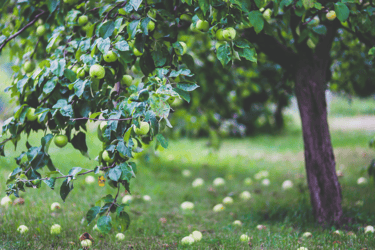

Plant List

5. Create Layers in Your Meditation Garden
Nature is complex. Not everything we plan works out the way we want it to
At times, working with fewer plants and a more intentional design can create something akin to the musical concept of fugues that we mentioned earlier in this blog —patterns that repeat and echo in slightly different ways throughout the garden.
Yet even our best efforts don’t always succeed, and the challenge of balancing ecological principles with artistic ones can feel overwhelming.
This is ironic when a meditation garden should bring us peace, not stress.
But nature is here to help us so we don’t have to do the heavy lifting. All it asks us to do is to pay attention.
As Michael King, senior botanist at Kew Gardens writes:
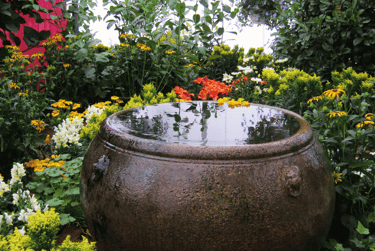

"Inevitably, every plant in a natural community is there because they have found a way of using resources not being claimed by other plants in their vicinity. As gardeners, we generally ignore such complex relationships and instead assemble plants into borders based upon aesthetic principles: colour, form, scale, texture, etc.."
He's right.
Some plants don’t like the sun.
Others thrive on the specific soil pH in your garden.
While yet others grow bonkers no matter what you do!
King's solution to this problem sounds curiously like a permaculture one. He advocates utilizing different layers for plants to grow in:
"By occupying each of these physical layers we start to create artificial plantings that reflect the same sorts of relationships found in natural plant communities which may serve the wider ecosystem beyond the boundaries of our gardens and not simply our own artistic aspirations."
You can learn more about designing in physical layers in this Shade Garden Blog.
Completing the Work of Creation
David Clayton balances the apparent conflict between the biodiversity of ecological gardens and traditional garden aesthetics by suggesting that:
"The imposition of design on a garden so that it is not simply the appearance of local wilderness can raise the beauty of it to something even higher. When man does this well, he is acting in accordance with his nature, as part of the natural world."
Our job as gardeners is to work with Mother Nature to highlight what is beautiful, true, and good on this earth.
I believe we have been placed here precisely to complete the work of creation.
At times, this may seem like a daunting task—
A task we will never truly finish—
One that, now more than ever, presents serious obstacles no single person can surmount alone.


Climate change, wildfires, desertification, GMOs, Roundup.
We often fail to acknowledge the good being done by so many to counter these dire trends.
There is so much climate hope out there—now more than ever.
Organic farming is on the rise, and the number of organic farms has skyrocketed in the past decade.
Jonathan Bates, on the blog, Paradise Lot writes:
"If you grew a one-acre food forest, using our methods (permaculture methods), someone living an average carbon wasting lifestyle could easily offset their carbon use."
You and I have the opportunity to intentionally design one, maybe two—maybe more—permaculture gardens in our lifetime.
Our little patches of well-designed land, which, coupled with prayer,
can indeed renew the face of the earth.

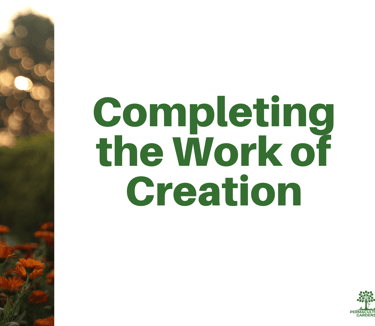
I WANT TO GROW MORE
Sign Up for a
Permaculture Garden Course
I AM A BEGINNER
I WANT MY DREAM GARDEN
Sign up for the
Grow-It-Yourself Program
Everything you need to start a garden
may be hidden in your pantry.
Take a self-paced, step-by-step garden course to help you grow right from seed to harvest.
Make Your Organic Food Garden A Reality with
a garden mentor
a community
an app &
a proven plan!


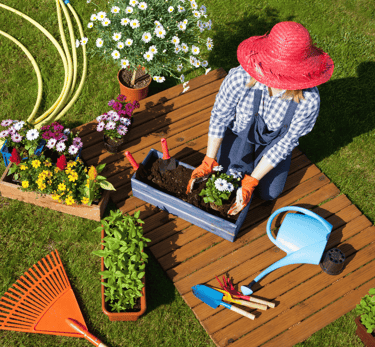



Choose one next step.
Which of the following are you?
Permaculture Gardens - your online resource for organic & sustainable gardens.
Contact
permaculturegardens@gmail.com
Bethany Farm
41558 Stumptown Rd.,
Leesburg, VA 20176
